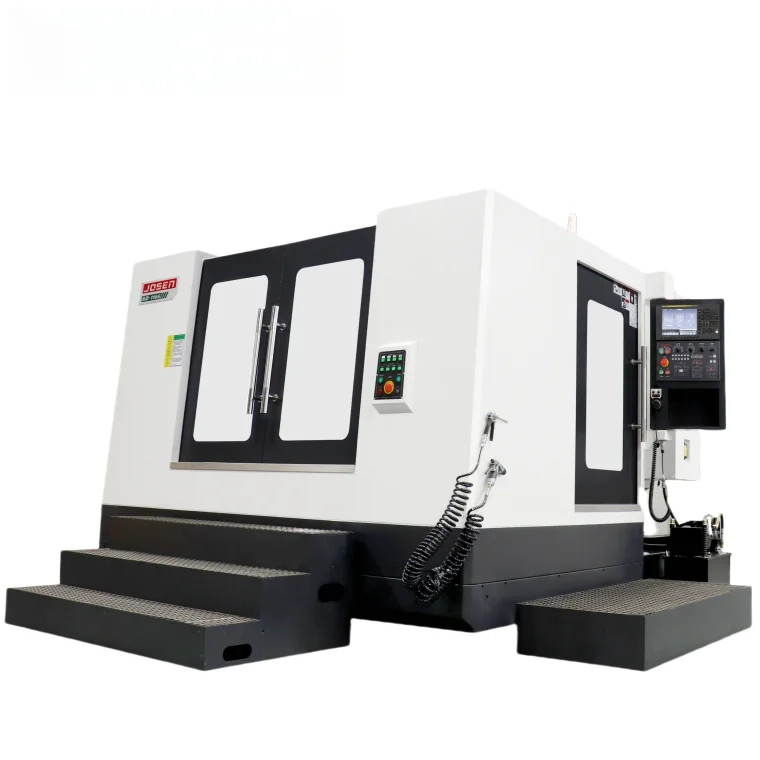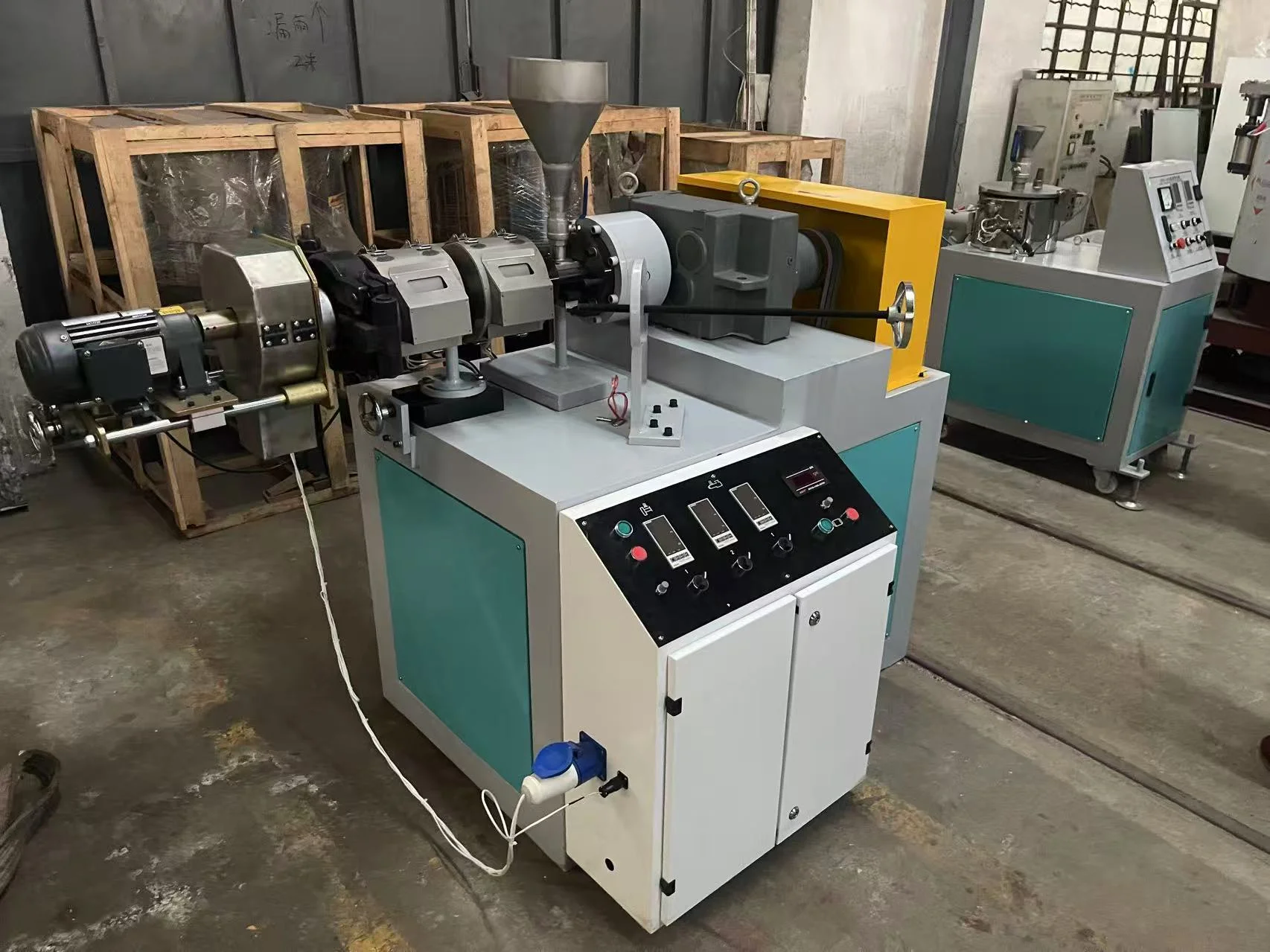As the chill of winter approaches, many homeowners are faced with the decision of how best to heat their spaces efficiently and effectively. Among the myriad of heating options available, ceramic and infrared heaters have emerged as popular choices. But which is more efficient? This article delves into the intricacies of both heating technologies, examining their operational mechanisms, energy consumption, heating efficiency, and suitability for various environments.
Understanding the Basics: How Do They Work?
Ceramic Heaters:
Ceramic heaters utilize a ceramic element that heats up when electricity passes through it. The heat generated is then distributed into the room via a fan, which circulates warm air. This method of heating is often referred to as convection heating, as it relies on the movement of air to distribute warmth.
Infrared Heaters:
In contrast, infrared heaters operate on a different principle. They emit infrared radiation, which directly warms objects and people in the room rather than heating the air. This method is akin to the warmth felt from sunlight, providing immediate heat to surfaces and occupants without the need for air circulation.
Energy Consumption: A Comparative Analysis
When evaluating efficiency, energy consumption is a critical factor.
Ceramic Heaters:
Ceramic heaters are generally more energy-efficient than traditional electric heaters due to their ability to heat up quickly and maintain warmth. However, they often rely on a fan to distribute heat, which can lead to increased energy consumption if used continuously. The average wattage for ceramic heaters ranges from 750 to 1500 watts, depending on the model and settings.
Infrared Heaters:
Infrared heaters are known for their energy efficiency, as they require less energy to produce the same amount of heat compared to conventional heating methods. They typically operate at lower wattages, often between 300 to 1500 watts, and can heat a space more quickly because they directly warm objects rather than the air. This means that infrared heaters can maintain a comfortable temperature with less energy input, making them a cost-effective option in the long run.
Heating Efficiency: Speed and Comfort
Ceramic Heaters:
While ceramic heaters can warm a room relatively quickly, they may take longer to achieve a comfortable temperature compared to infrared heaters. The reliance on air circulation means that the heat may not reach all corners of a room evenly, leading to potential cold spots. Additionally, once the heater is turned off, the warmth dissipates quickly, as the air cools down.
Infrared Heaters:
Infrared heaters excel in providing immediate warmth. As they heat objects directly, the sensation of warmth is felt almost instantly. This direct heating method allows for a more consistent temperature throughout the space, reducing the likelihood of cold spots. Moreover, because infrared heaters do not rely on air circulation, they can be particularly beneficial for individuals with allergies or respiratory issues, as they do not stir up dust and allergens.
Suitability for Different Environments
Ceramic Heaters:
Ceramic heaters are versatile and can be used in various settings, including homes, offices, and workshops. They are particularly effective in smaller spaces or for supplemental heating. However, their reliance on air circulation makes them less ideal for larger, open areas where heat distribution may be uneven.
Infrared Heaters:
Infrared heaters are best suited for larger, open spaces or areas with high ceilings, such as warehouses or garages. They are also an excellent choice for outdoor heating, as they can effectively warm people and objects without losing heat to the surrounding air. Furthermore, infrared heaters are often more portable, allowing for easy relocation as needed.
Conclusion: Making the Right Choice
In the debate of ceramic versus infrared heaters, the choice ultimately depends on individual needs and circumstances. If you require a quick, direct source of warmth that is energy-efficient and effective in larger spaces, infrared heaters may be the superior option. Conversely, if you are looking for a versatile heater for smaller areas or supplemental heating, ceramic heaters could be more suitable.



More Stories
Performance, Application Scenarios and Selection of External Panel Materials for Outdoor Mobile Shelters
5 Game-Changing Tips to Supercharge Your Home Theater with a Universal Projector Remote
High-Efficiency Automotive Power MOSFETs Optimized for Electric and Hybrid Vehicles’ Powertrain Systems